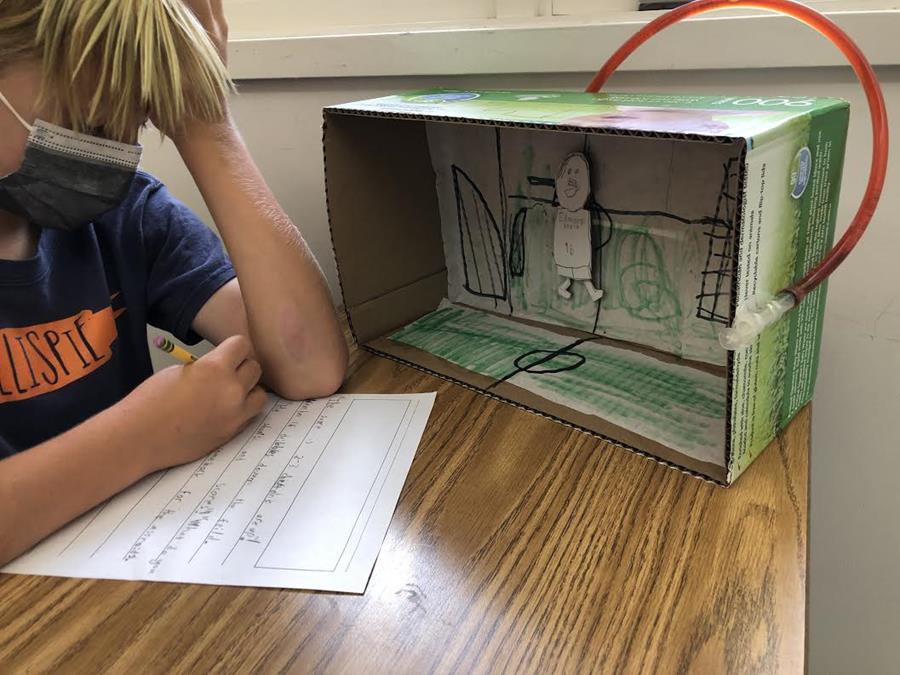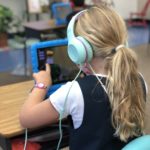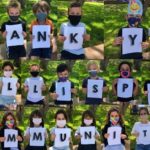
Specialty Spotlight: Science
Sometimes, the best, deepest, longest-lasting learning comes from doing (as opposed to, say, hearing about) something. In Science, students very often manipulate materials to create physical expressions of the concepts being addressed in class– “making,” for short. There is a well-defined thought process called Design Thinking that guides us through our maker projects–it’s a topic that merits its own discussion. Every maker project takes time, which results in a meaningful relationship to the underlying concepts, and there are always mistakes and failures. In fact, the failures are one of the most important parts of making.
As the school year finishes up, the 6th graders are completing physical objects of their own design that house microchips, speakers, switches, and batteries. These aesthetic objects are programmed to perform certain functions in response to certain inputs. Bringing digital thinking into the physical world renders the inscrutable, invisible ones and zeros into approachable objects that we can hold and understand.
The second graders are just about done with animated scenes that use hydraulics, in the form of liquid-filled tubes and syringes, to move characters or objects. This project sprouted from our investigation into pressure and has given the students hours of experience immersed in just how and why the effort to compress a liquid, unlike a gas, results in such resistance or in the transfer of movement from the syringe at one end of the system to the other.
Both of these activities exemplify the value of making as an integrated part of a child’s school week. The extended time within a topic, the countless decisions to make and problems to solve, and the understanding of themselves as active creators of, instead of passive users of, the objects and processes in the world around them are invaluable dividends provided by such opportunities. I look forward with enthusiasm to Gillispie’s next chapter, beginning in the fall, when our new facilities will help us foster this kind of learning in an even more robust way.
Chip Edwards, Science Teacher




